- Antipasti
- Bella Italia
- Dessert
- Drinks
- Favorite Italian recipes
- Main courses
- Pasta
- Pizza
- Side dishes and salad
- Tips & Knowledge
Pizza dough with dry yeast – recipe
Want to make pizza dough with dry yeast that tastes just like in Italy? Then try this recipe from a world pizza champion! It's perfect for the home oven and only takes 8 hours to rise. You'll also find answers to the most frequently asked questions about pizza and dry yeast - including a video tutorial!
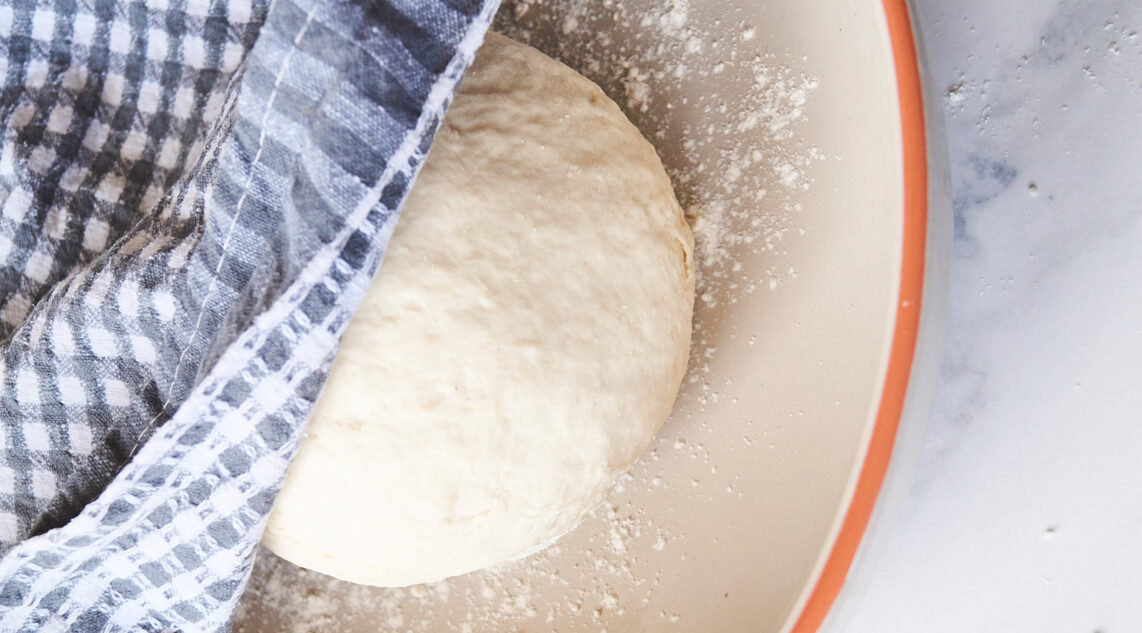
- 500 g Water, Room temperature
- 750 g Flour Tipo 00 , e.g. Caputo Pizzeria
- 1 g Dry yeast
- 25 g Salt
- 10 g Sugar
- 20 ml Olive oil, extra virgin
- 1 Large bowl, or food processor
- 1 Fine balance, for the dry yeast
- 1 Kitchen scales, for flour and water
- 1 Dough ball box
- Dough scraper
Schritt für Schritt durch´s Rezept
- Step 1Prepare the pre-dough: Pour the water into a large bowl and dissolve the salt and sugar in it. Then add 400 g flour, olive oil and all the dry yeast. Slowly mix everything into a smooth dough.
- Step 2Work in the flour & knead the dough: Gradually work in the remaining flour until the dough comes away from the bowl. Knead the dough vigorously on a smooth work surface for 15-20 minutes until it is smooth and develops a stable gluten structure.
- Step 3Proof (the dough rises whole): Slightly reshape the dough and place in a dough box (or a container with a lid). Leave to rest at room temperature for 30 minutes.
- Step 4Piece proof (dough divided into portions rises): Divide the dough into four equal pieces, shape into round balls and leave to rest at room temperature for a further 7.5 hours.
- Step 5Spread out the dough & bake the pizza: Spread out the dough, top as desired and bake. You’ll find lots of ideas for real Italian toppings on our page.

How much dry yeast goes into pizza dough?
A sachet of dry yeast usually contains 7 grams. This corresponds to half a cube of fresh yeast. The bags often say that one bag is enough for 500 g of flour. This is true and you can use it to make a wide variety of yeast doughs. However, these doughs often have a very strong yeast aroma.
If you want a better taste for your own pizza dough, there is a simple rule of thumb: use less yeast, but leave the dough to rise for longer. This way, the dough will turn out just like in a good pizzeria.
Knead, knead, knead the pizza dough
Thorough kneading is a crucial step for perfect pizza dough. Only those who knead properly will get good yeast dough: soft, elastic and not sticky.
Of course, you can’t do that in two minutes. 10 minutes is better. Kneading can of course be done by hand, but the effort required should not be underestimated.
If you want to save effort, use a food processor. But be careful! Low-performance models often struggle with pizza dough. If the machine starts to struggle, it’s back to your own hands!


Super quick pizza dough? Super difficult!
Once you have created an elastic, perfect pizza dough after so much kneading, the next step is to give it time and a warm place to rise. The longer the dough is allowed to rise, the better. It should be at least 4 hours, but longer is better and highly recommended.
Also, the yeast dough must not dry out while it is rising! It rises best in a large plastic or stainless steel container with an airtight lid. A damp cloth will also do. Just make sure it doesn’t dry out!
More on the topic
Sugar in pizza dough and oil?
Sugar is used in this recipe as it ensures a nice browning of the pizza when baking in a domestic oven and helps to activate the yeast given the relatively short rising time of the dough. The oil protects against dehydration and keeps the dough supple when baked at the relatively low temperatures of a normal oven.
Why does pizza dough with dry yeast not rise?
The yeast may no longer be active. Over time, dry yeast loses its power, especially if it has been stored incorrectly (too warm or damp). A simple test helps: dissolve the yeast in lukewarm water with a little sugar – if no foam forms after 10 minutes, the yeast is inactive and should no longer be used. It is best to store dry yeast in an airtight and cool place to extend its shelf life.
Another possible reason is the temperature, as this influences yeast activity. Ideally, it should be between 18 and 22 °C. Therefore, choose a storage location where this temperature range remains constant.
The right temperature is already crucial when preparing the dough: the ingredients should be adjusted accordingly. In summer, 4 °C cold water is suitable, in winter lukewarm water around 15 °C. The flour should also be at room temperature.
Video tutorial: Pizza dough with dry yeast
The creator of this recipe is Davide Civitiello from Naples, an excellent pizza world champion. In the video, you can watch over his shoulder as he prepares the dough.
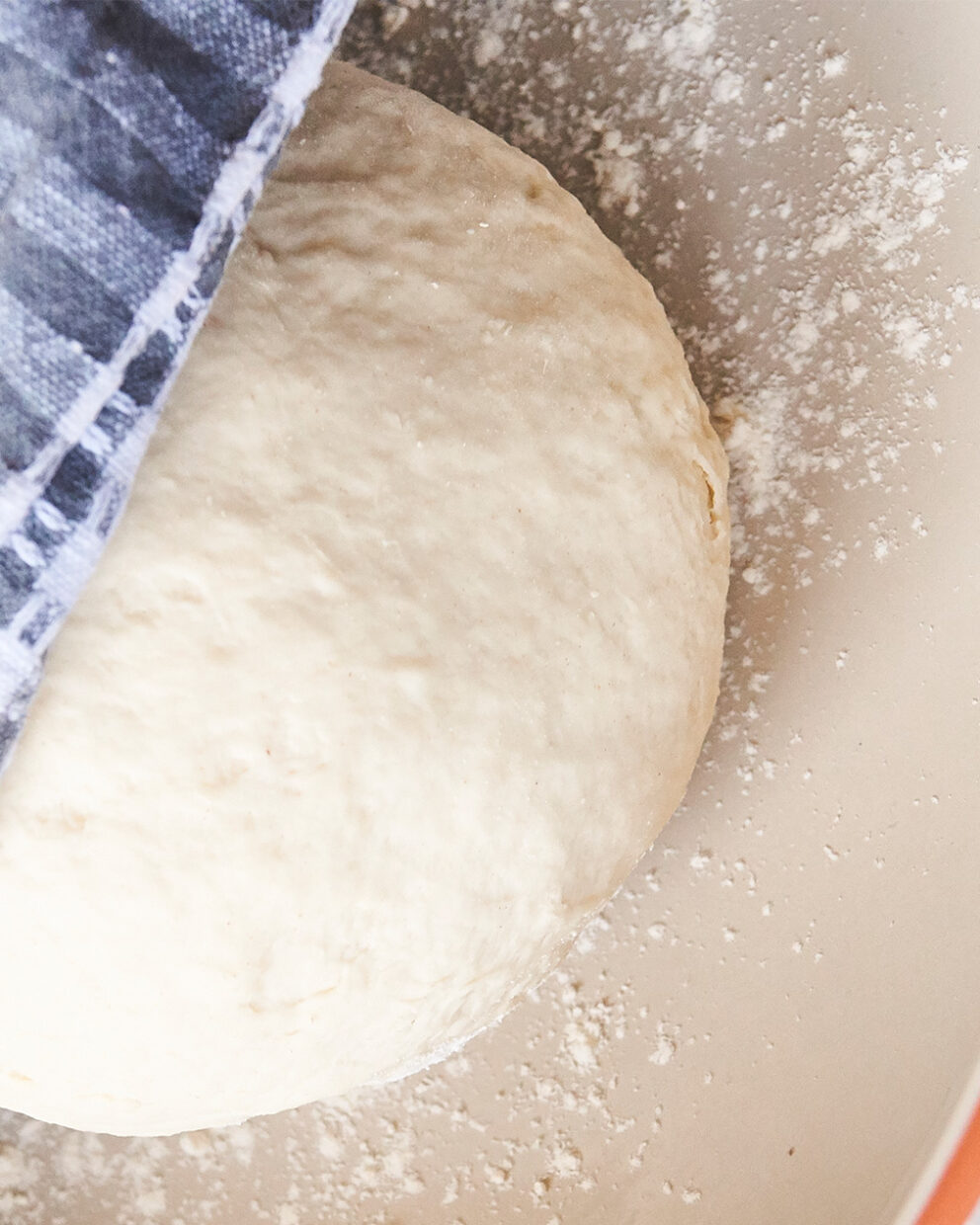
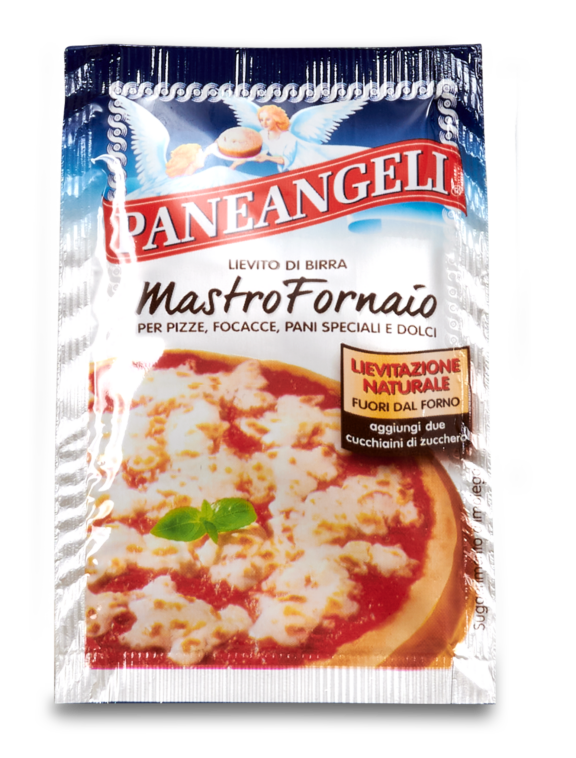






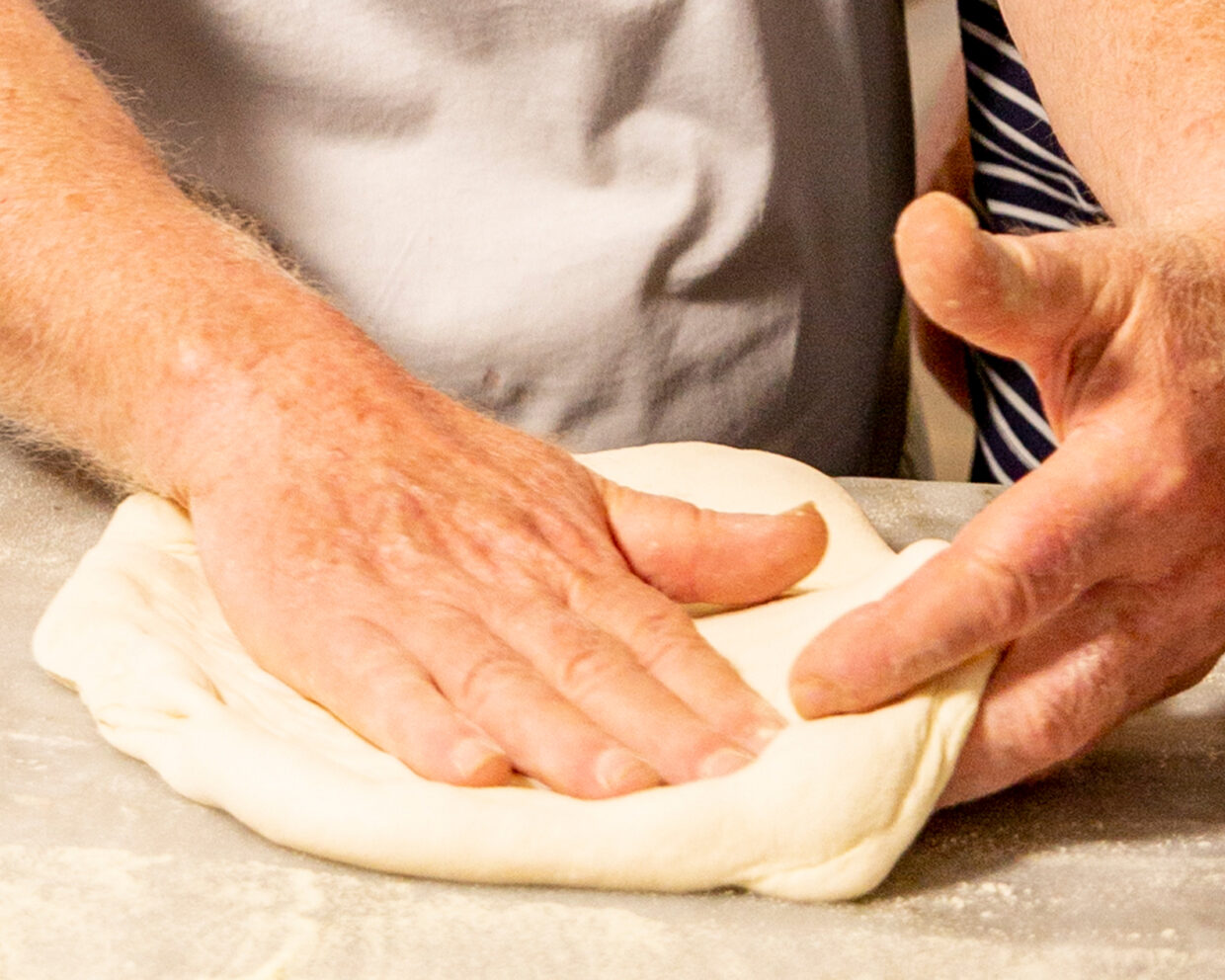
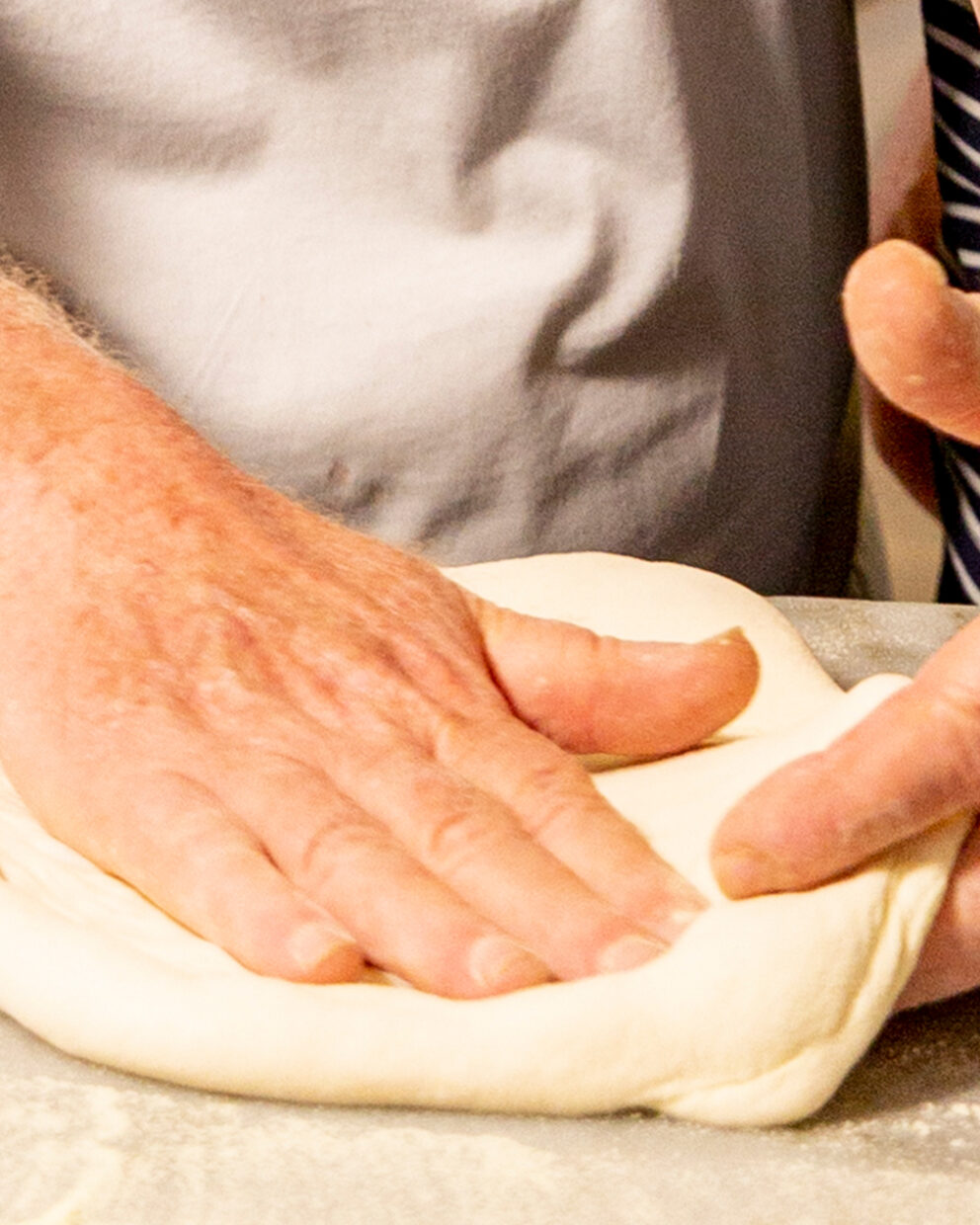
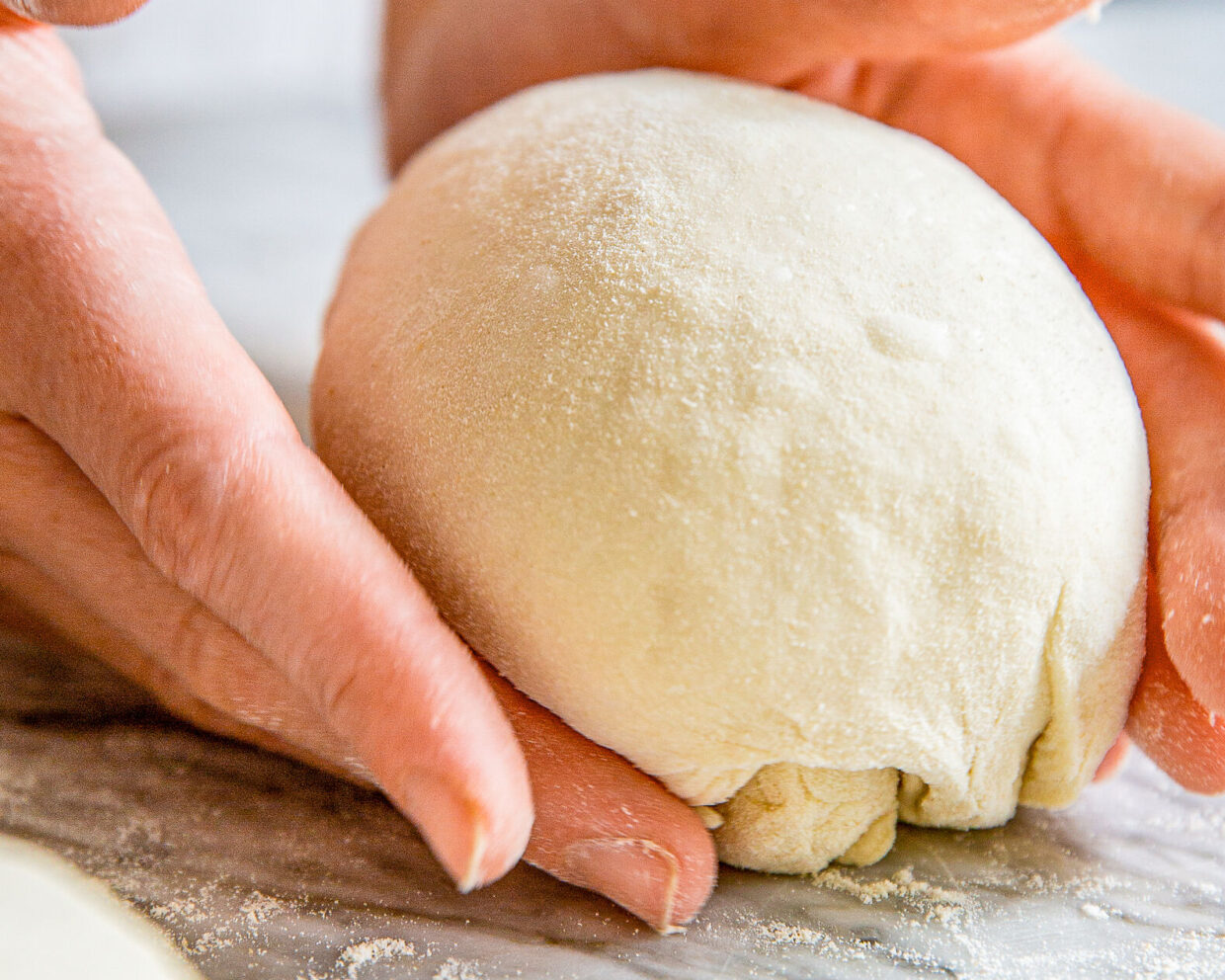
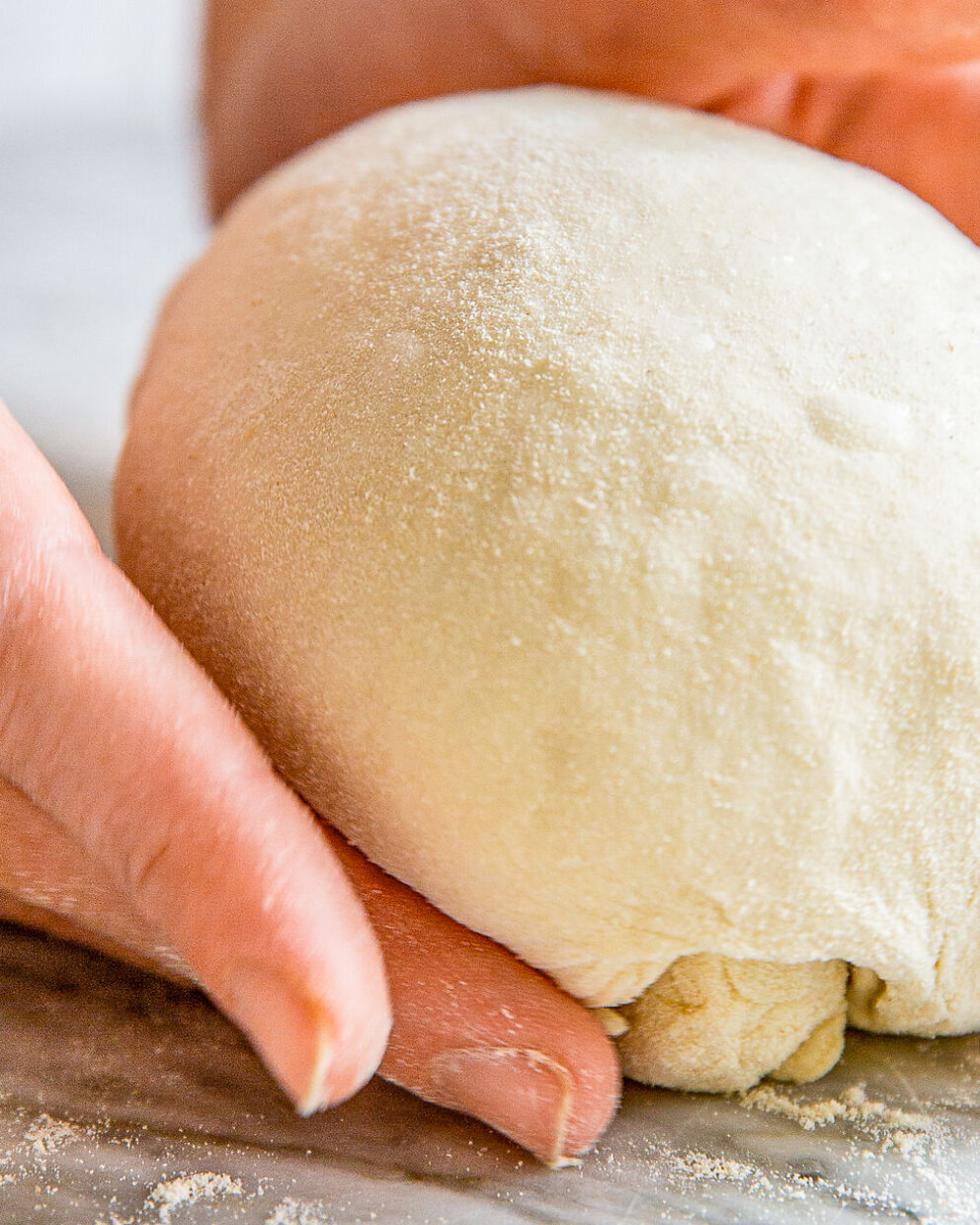

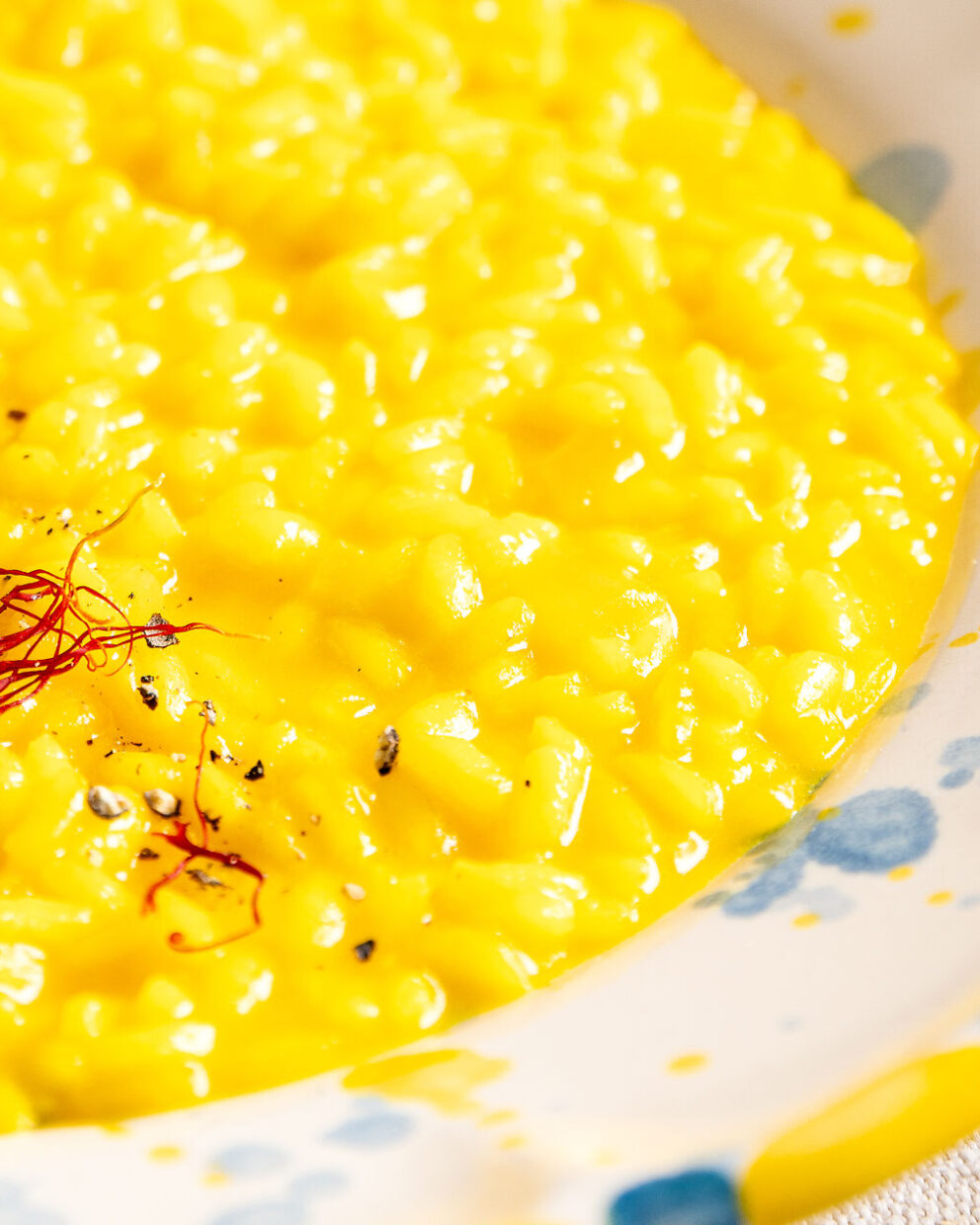
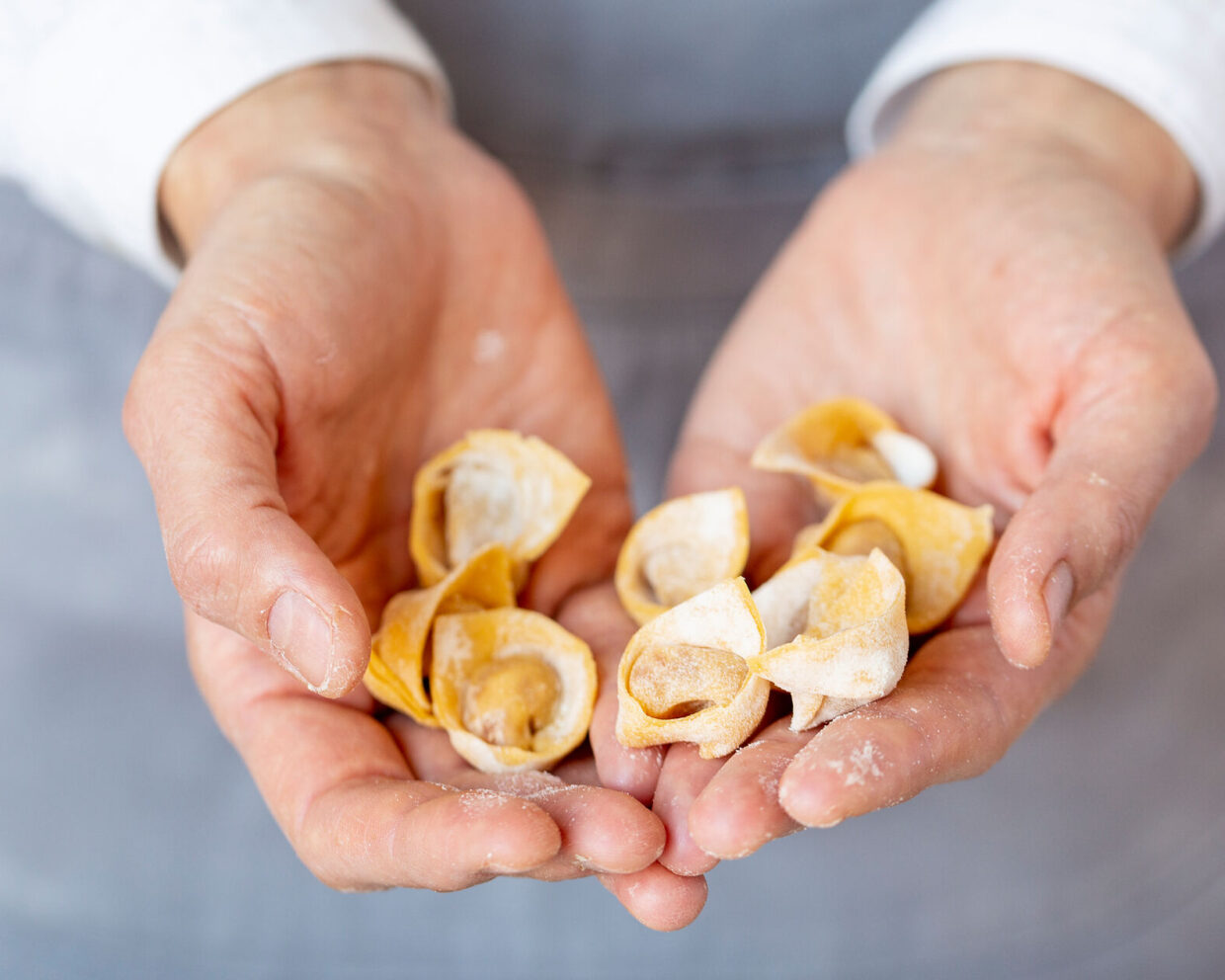
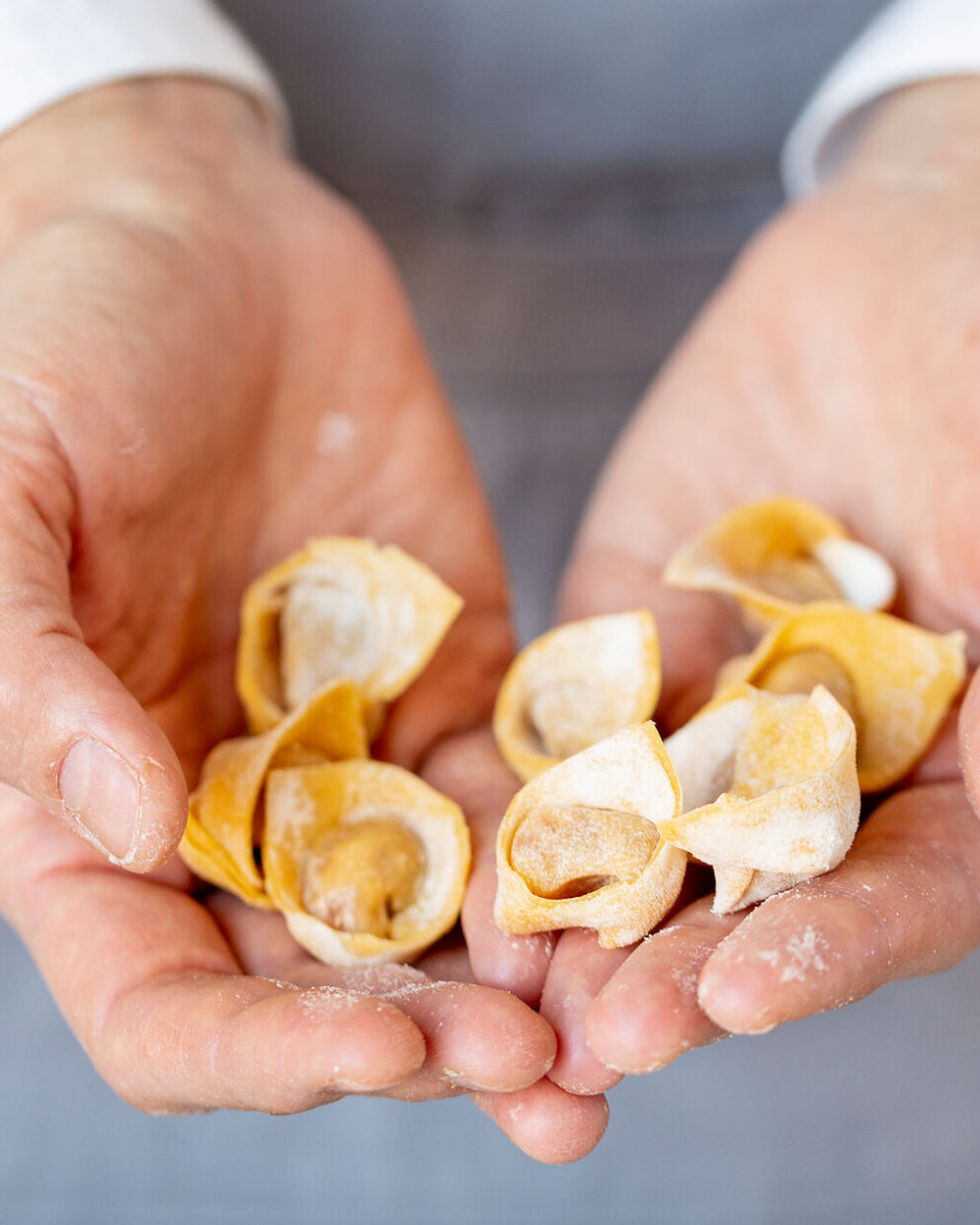
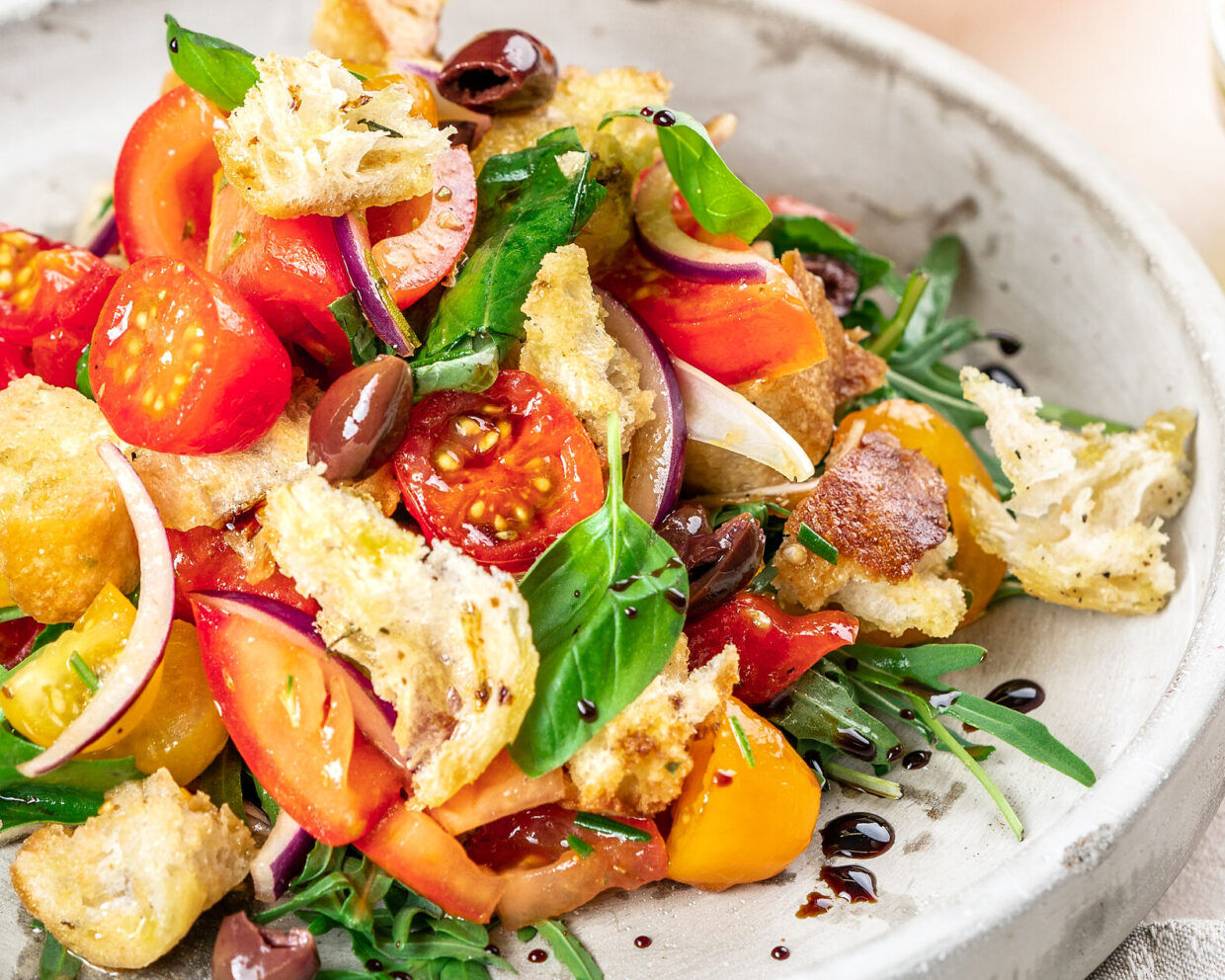
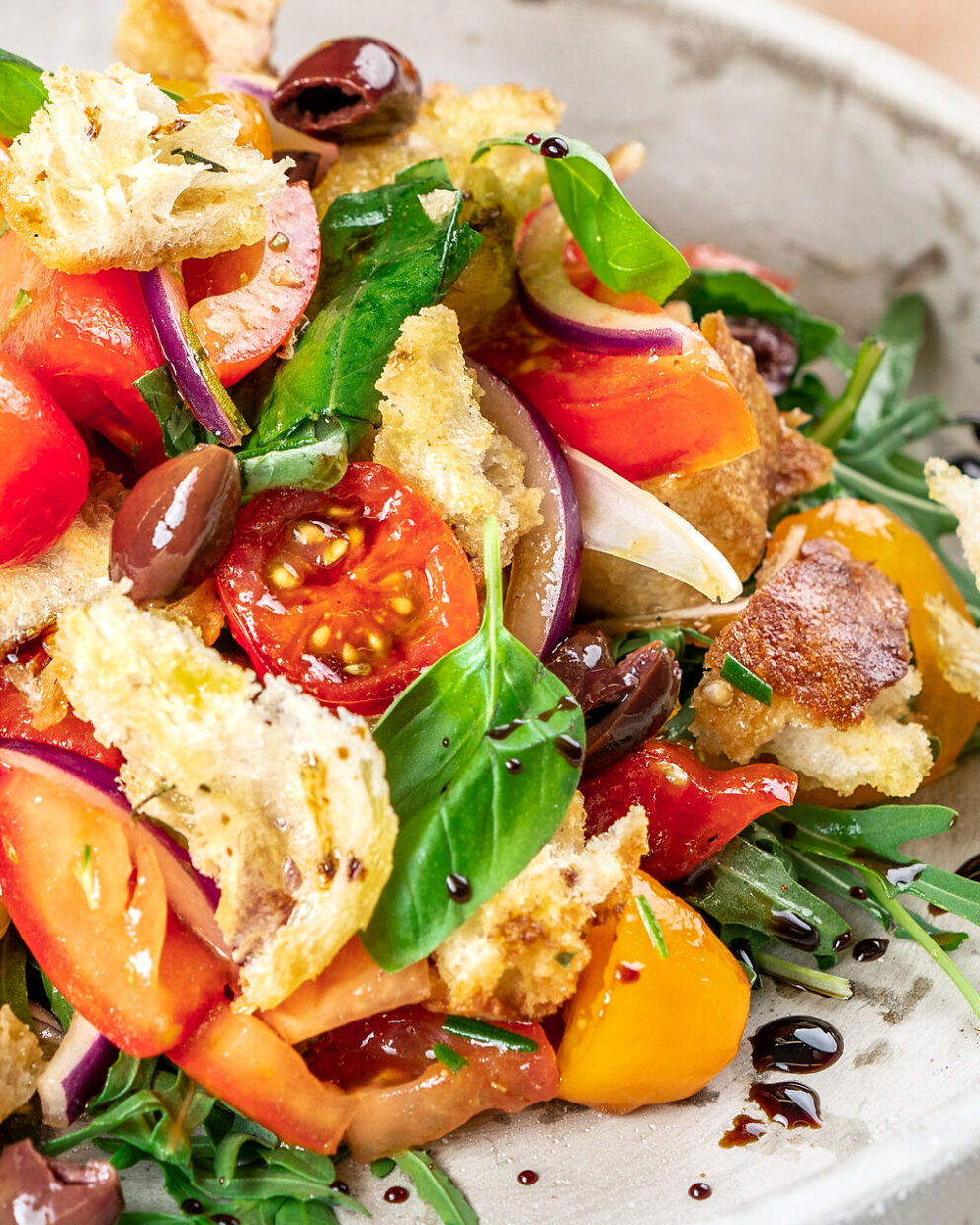
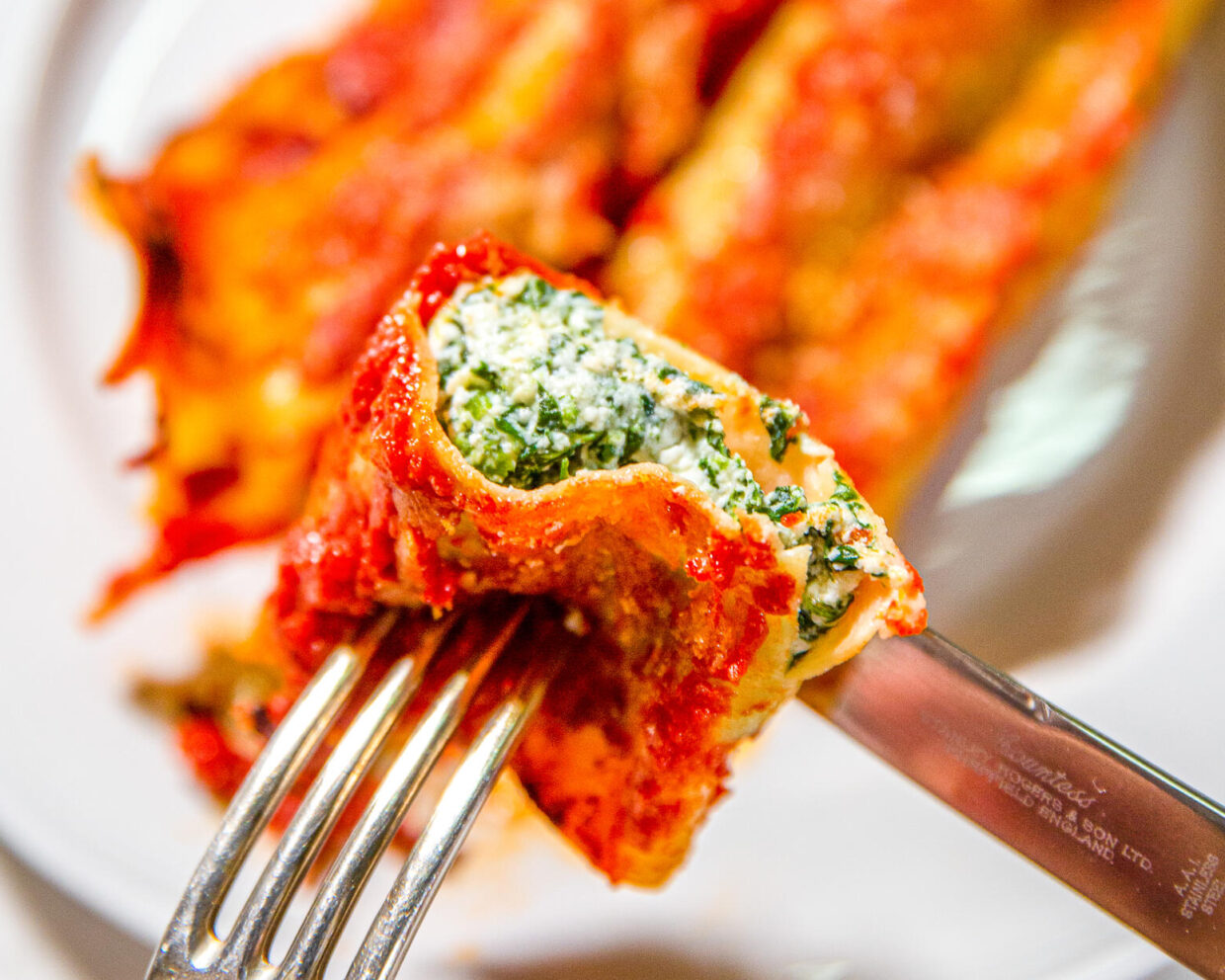
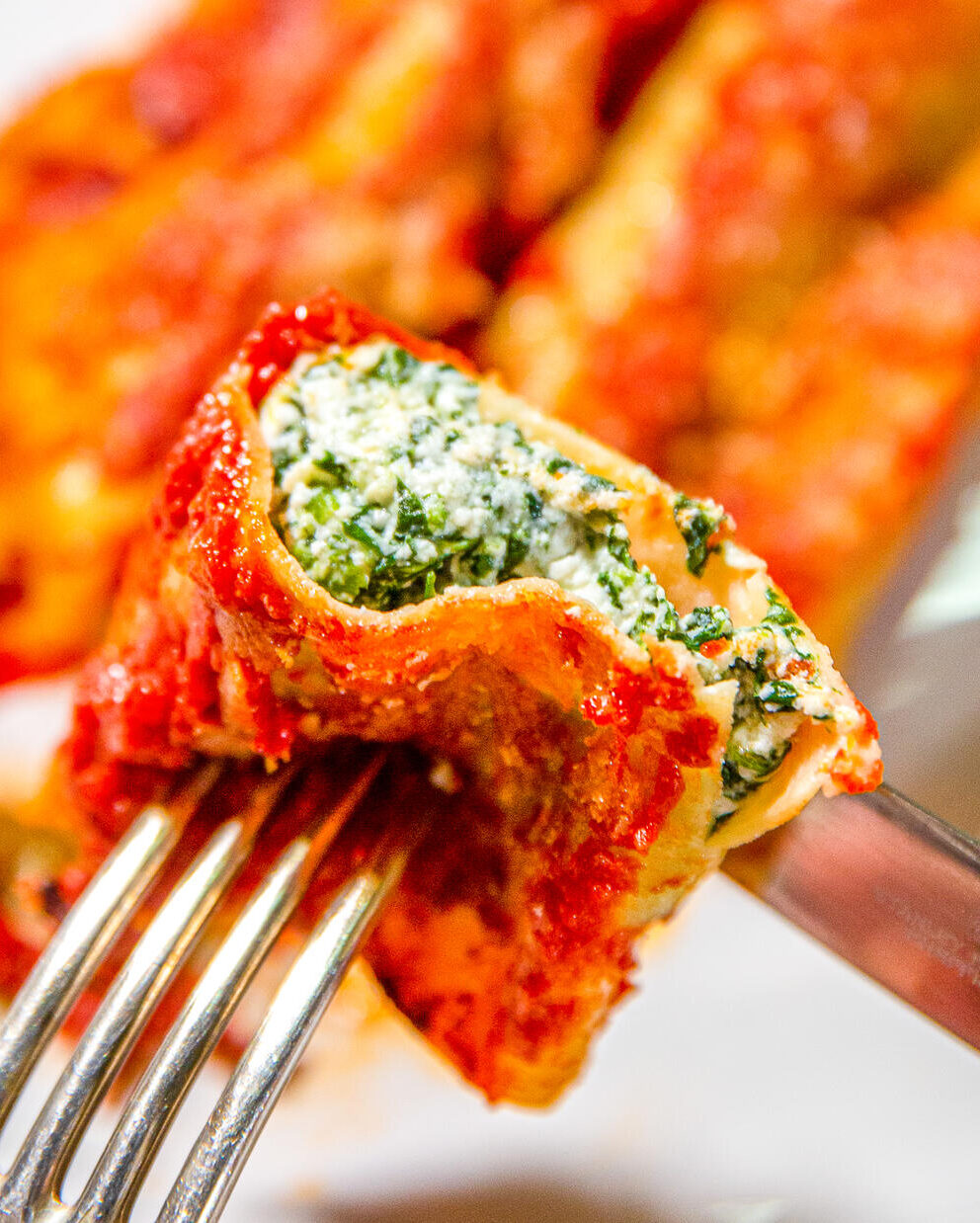
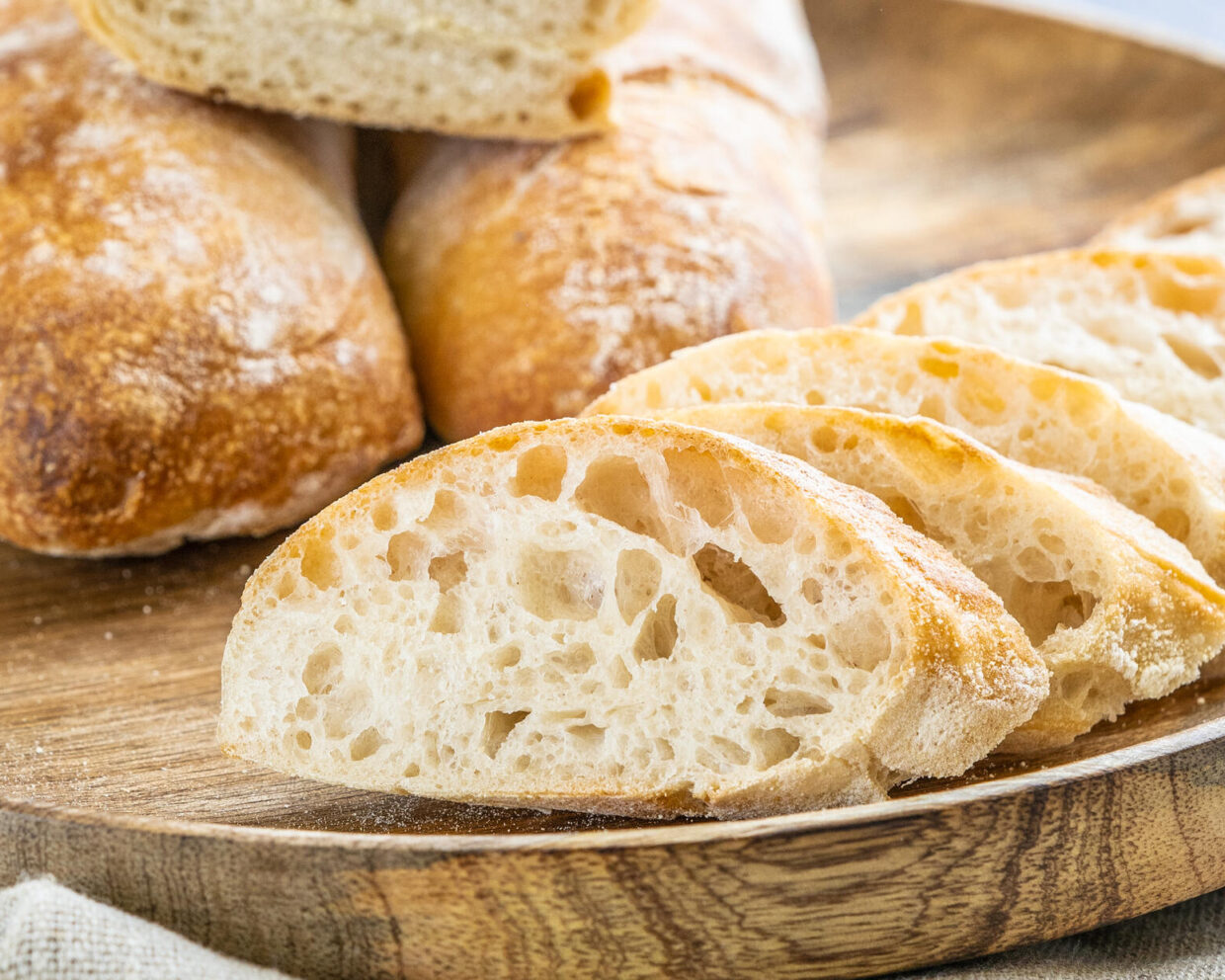
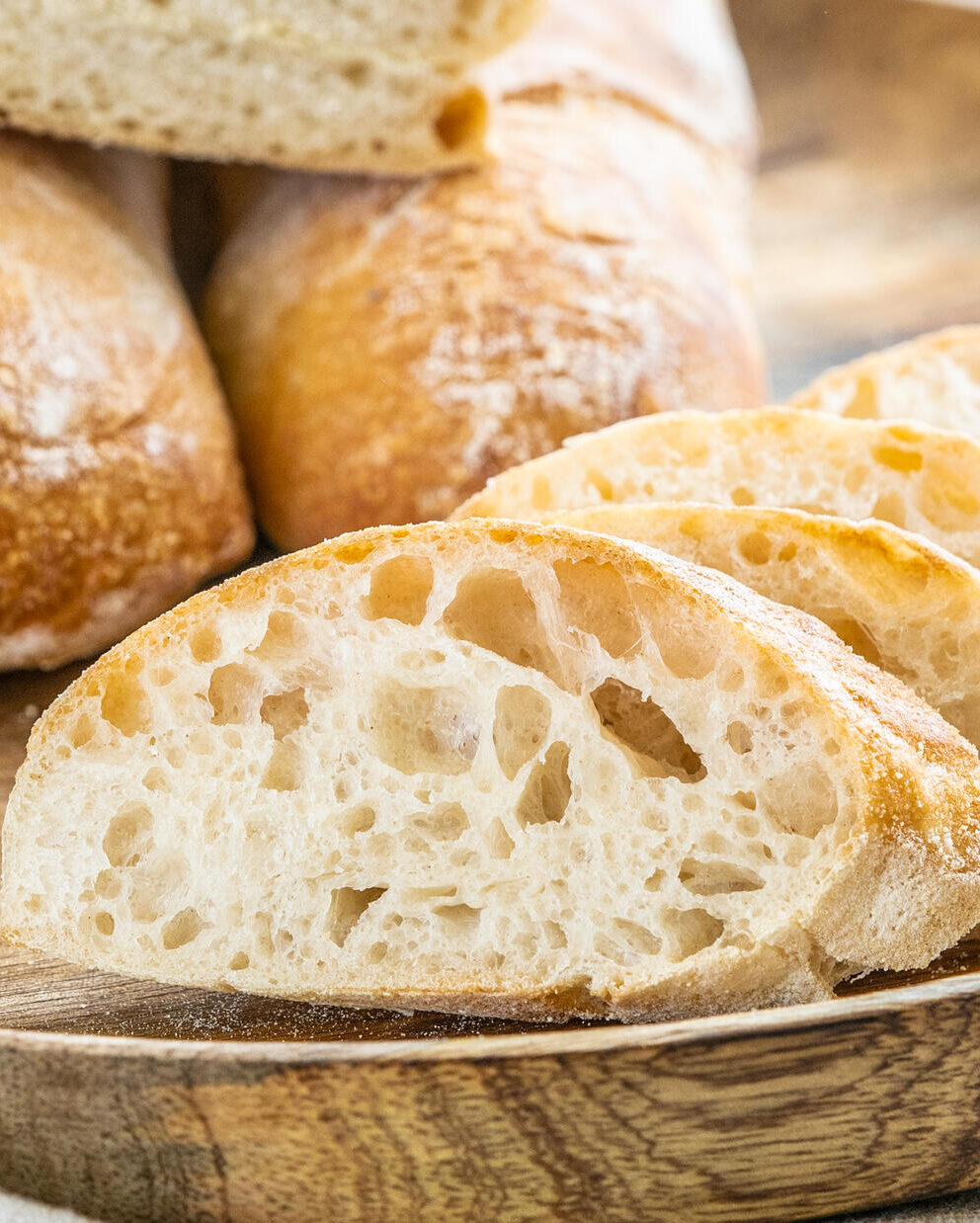
Want to share your thoughts? We're excited to hear what you think of the article. Tell us about your ideas, tips or questions! Leave a comment and share your knowledge with the community. Your opinion counts.
Write a comment